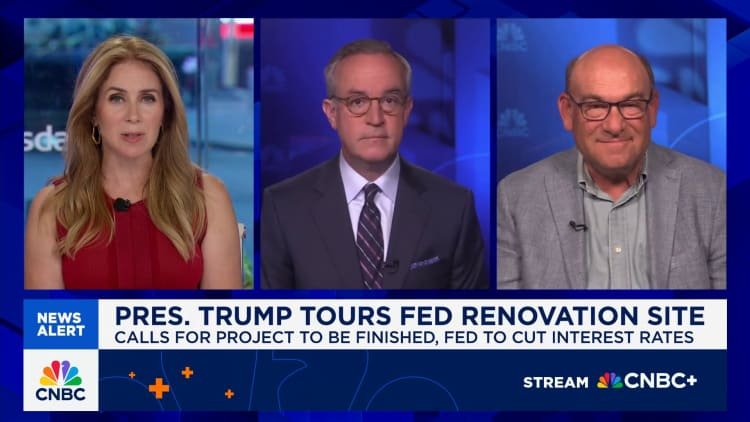Understanding Recent Trends in Interest Rates and Borrowing Costs
The landscape of borrowing costs in the United States has shifted significantly, particularly in light of recent changes to the Federal Reserve’s benchmark interest rates. This article explores how these adjustments impact various forms of credit, specifically focusing on credit cards, auto loans, and mortgages.
Trends in Credit Card Interest Rates
The fluctuations in interest rates have notably affected credit card rates. Following a series of increases initiated by the Federal Reserve in 2022, the average rate for credit card balances peaked just below 21% last fall. However, recent data from Bankrate indicates a slight decline, with rates now hovering around 20.1% for the initial half of 2025. This minor adjustment offers some relief to consumers, although the overall cost of borrowing still remains relatively high.
Changes in Auto Loan Rates
When it comes to auto loans, the first half of 2025 has seen minimal movement in interest rates. Generally, these rates have shown resilience, remaining consistent amidst the shifting economic landscape. Potential borrowers looking to finance a vehicle experience little variation, which may encourage continued spending in the automotive market.
Mortgage Rate Dynamics
The mortgage landscape operates differently than other types of loans due to its connection to Treasury yields. Over the first half of 2025, the 30-year fixed mortgage rates have fluctuated between 6.6% and 7.1%, following a low of around 6% last fall, according to Freddie Mac. This variability in mortgage rates illustrates how closely they are tied to broader economic factors, including investor sentiment and the performance of the Treasury market.
Implications of Federal Interest Rate Adjustments
President Donald Trump has previously suggested that maintaining a high federal funds rate could hinder business and consumer borrowing, thus stifling economic growth and affecting the housing market adversely. He argues that lowering the federal funds rate could stimulate borrowing and spending.
The Uncertainty of Rate Cuts
While many anticipate that a reduction in the federal funds rate might lead to decreased borrowing costs for everyday Americans, economists caution that there is no definitive guarantee. Brett House, an economics professor at Columbia Business School, highlights that the behavior of various types of loans diverges significantly. For example, while credit card interest rates are closely linked to the Fed’s benchmark rates, mortgage interest rates are more influenced by Treasury yields and overall economic conditions.
House warns that even if the Fed reduces rates, rising inflation could counteract the intended benefits by potentially driving mortgage rates higher rather than lowering them. This disconnect prompts questions about how consumers will fare in a changing economic environment and raises concerns about the broader implications for the housing market.
The Role of Inflation
Inflation remains a critical factor influencing borrowing costs across the board. As the cost of living increases, financial institutions may adjust their rates to compensate for the eroding purchasing power. This means that even if the Federal Reserve decides to cut interest rates, the overall borrowing landscape could still tighten due to rising inflationary pressures.
Conclusion
As the Federal Reserve navigates through these economic complexities, the effects of interest rate changes ripple through various borrowing avenues. Understanding these dynamics helps consumers and businesses make informed financial decisions. The ongoing changes in credit card, auto loan, and mortgage rates will continue to shape the financial landscape in the United States, with both opportunities and challenges on the horizon.
